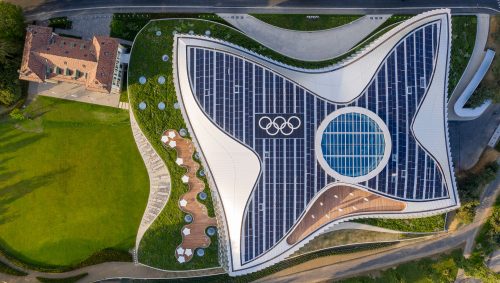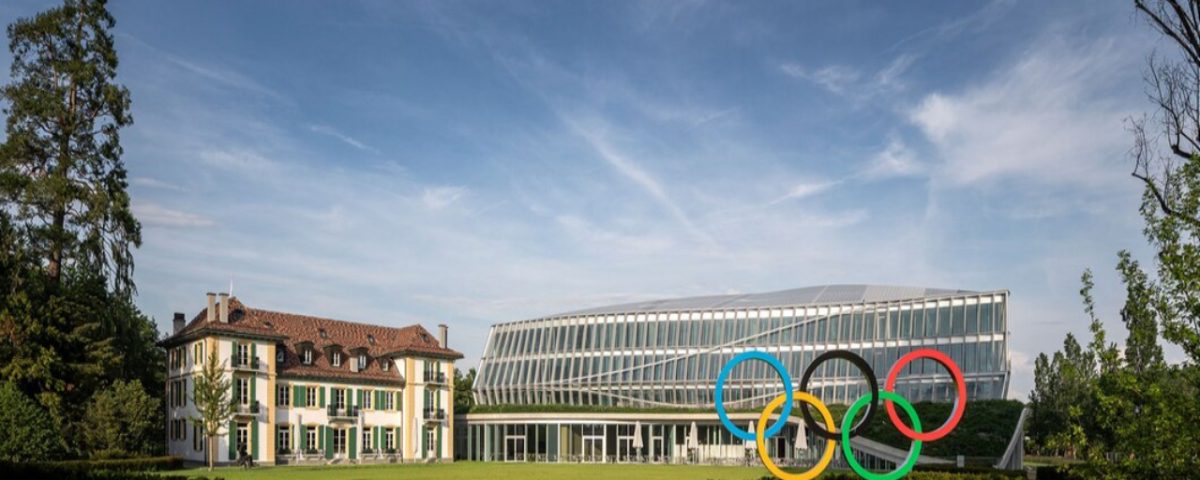
Patras 2019: The teams of the Women’s Beach Handball tournament
June 14, 2019
The fresco for the Mediterranean Beach Games “Patras 2019” is ready
June 17, 2019Olympic House, the new headquarters of the International Olympic Committee (IOC), has received three of the most rigorous sustainable building certifications. It has therefore become one of the most sustainable buildings in the world.
One of the three certifications is LEED Platinum, the highest certification level of the international LEED green building programme. In addition to receiving the LEED Platinum certification, Olympic House is the first international headquarters – and the second building overall – to obtain the highest (Platinum) level of the Swiss Sustainable Construction Standard (SNBS). It has also been awarded the Swiss standard for energy-efficient buildings, Minergie P. Olympic House is the first building to receive these three certifications, and the first in Switzerland to achieve LEED v4 Platinum.

“We are proud that Olympic House, as the new home of the Olympic Movement, has received such prestigious Swiss and international certifications, recognising our strong commitment to sustainability, which is one of the three pillars of Olympic Agenda 2020,” said IOC President Thomas Bach. “From the very beginning of the original architecture competition all the way through to construction, energy management and furnishings, the IOC focused very much on sustainable solutions. We are happy that our investment in sustainability has led to receiving these three certifications.”
Based in Lausanne and designed by 3XN+ IttenBrechbühl, Olympic House will bring all the IOC staff under one roof. The new building will provide a meeting place for the global Olympic Movement. Olympic House is a privately-funded investment in sustainability, operational efficiency, and the local economy and development.
Solar panels and heat pumps using water from nearby Lake Geneva provide renewable energy to the building, which is expected to use 35 per cent less energy and 60 per cent less municipal water than a conventional new construction.

